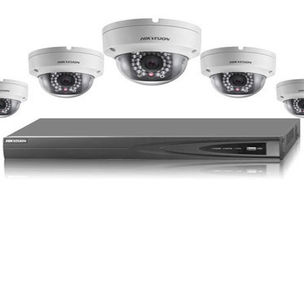We Build Your Home Secure and Reliable.

Quote & Order:
Call Today Install Tomorrow. Tel: 416-835-7580
TV Wall Mounting
We Build Your Own Custom Made Security Systems.
-
Wireless security cameras are closed-circuit television (CCTV) cameras that transmit a video and audio signal to a wireless receiver through a radio band. we use this system for new houses under construction or at least unfinished basement houses which we are able to run Cat cables throught the framing.
-
Dome cameras are either ceiling mounted or suspended from a wall mounted bracket depending on the application and the field of view required. The camera unit is mounted inside a transparent dome which can be tinted to obscure the camera position.
-
Network video recorder (NVR) is a specialized computer system that includes a software program that records video in a digital format to a hard drive. The software is typically run on a dedicated device, usually with an embedded operating system.
-
Smart camera or intelligent camera such as ring floodlight or ring spotlight is a smart vision system which has a microphone, speaker, night vision, motion sensor, siren and more. we use these kind of cameras for finished houses.
Wiring-Sales-Installation





